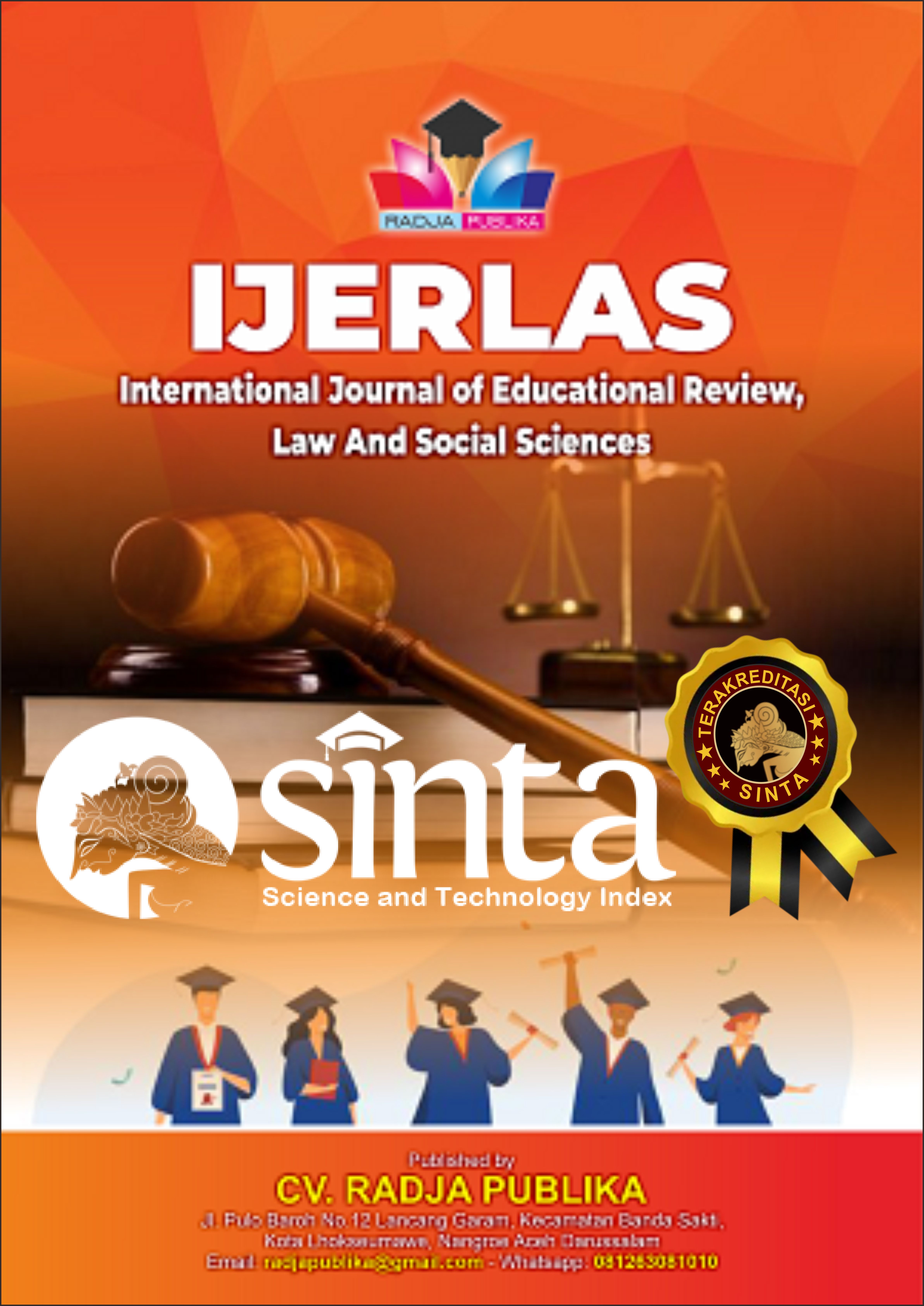OPTIMIZING LECTURES AS AN EFFECTIVE LEARNING MOTIVATION MEDIA IN EDUCATION
Main Article Content
Fawwaz Taqi
Jibril Altaf
Muhammad Rizky Akbar
Siti Azahra
T Nasywa Ariqah Putri
This study explores the effectiveness of lectures as a teaching method in improving students' learning motivation. Lectures that are often considered monotonous can reduce students' engagement in learning. By integrating motivational theories such as Self-Determination Theory (SDT), Maslow's Hierarchy of Needs, and Attribution Theory, this study shows that motivation-based lectures can improve student engagement. Approaches such as storytelling, the use of visual media, and active interaction have been shown to be effective in increasing students' intrinsic motivation. This study provides practical guidance for educators to design more engaging and motivating lectures, as well as improve the quality of learning.
R. Ryan and E. L. Deci, "Self-determination theory and the facilitation of intrinsic motivation, social development, and well-being," American Psychologist, vol. 55, no. 1, pp. 68-78, Jan. 2000.
M. H. S. Mahadi, A. Mohamad, and F. A. A. Zainuddin, "Improving the effectiveness of lectures: The role of learning environment and student engagement," Educational Research Review, vol. 13, pp. 27-34, Dec. 2018.
A. H. Maslow, "A theory of human motivation," Psychological Review, vol. 50, no. 4, pp. 370-396, 1943.
E. L. Deci and R. M. Ryan, "The general causality orientations scale: Self-determination in personality," Journal of Research in Personality, vol. 19, no. 2, pp. 109-134, 1985.
F. Weiner, "An attributional theory of achievement motivation and emotion," Psychological Review, vol. 92, no. 4, pp. 548-573, 1985.
C. E. Shannon and W. Weaver, The Mathematical Theory of Communication, Urbana: University of Illinois Press, 1949.
J. K. Burgoon and J. S. Walther, "Nonverbal communication: The unspoken dialogue," New York: Holt, Rinehart and Winston, 1990.
M. D. Huba and J. A. Freed, "Teaching and learning in the digital age: Using modern methods of teaching," The Journal of Education, vol. 26, no. 3, pp. 135-142, 2001.
D. M. Goleman, "Emotional intelligence: Why it can matter more than IQ," New York: Bantam Books, 1995.
A. Bandura, Self-efficacy: The Exercise of Control, New York: W. H. Freeman, 1997.
R. E. Mayer, "Multimedia learning," Psychology of Learning and Motivation, vol. 41, pp. 85-139, 2002.
E. Deci and R. M. Ryan, "Intrinsic motivation and self-determination in human behavior," Contemporary Educational Psychology, vol. 25, no. 1, pp. 54-67, 2000.
J. Bruner, "The narrative construction of reality," Critical Inquiry, vol. 18, no. 1, pp. 1-21, 1991.
R. E. Mayer, The Cambridge Handbook of Multimedia Learning, 2nd ed., Cambridge: Cambridge University Press, 2014.
G. P. Wiggins and J. McTighe, Understanding by Design, 2nd ed., Alexandria: ASCD, 2005.
D. Pink, Drive: The Surprising Truth About What Motivates Us, New York: Riverhead Books, 2009.
N. Vujicic, Life Without Limits: Inspiration for a Ridiculously Good Life, Colorado Springs: WaterBrook Press, 2010.
A. Somad, Ceramah Inspiratif dan Edukasi Agama untuk Semua Kalangan, Jakarta: Hikmah, 2018.
K. D. Schunk, "Motivational processes in self-regulated learning," International Journal of Educational Research, vol. 31, no. 6, pp. 459-470, 1999.
M. Seligman, Flourish: A Visionary New Understanding of Happiness and Well-being, New York: Atria Books, 2011.
A. Bandura, Self-efficacy: The Exercise of Control, New York: W. H. Freeman, 1997.
E. Deci and R. M. Ryan, "Intrinsic motivation and self-determination in human behavior," Contemporary Educational Psychology, vol. 25, no. 1, pp. 54-67, 2000.
R. E. Mayer, The Cambridge Handbook of Multimedia Learning, 2nd ed., Cambridge: Cambridge University Press, 2014.
G. D. Kuh et al., "High-impact educational practices: What they are, who has access to them, and why they matter," AAC&U Publications, 2008.
M. Seligman, Flourish: A Visionary New Understanding of Happiness and Well-being, New York: Atria Books, 2011.




























